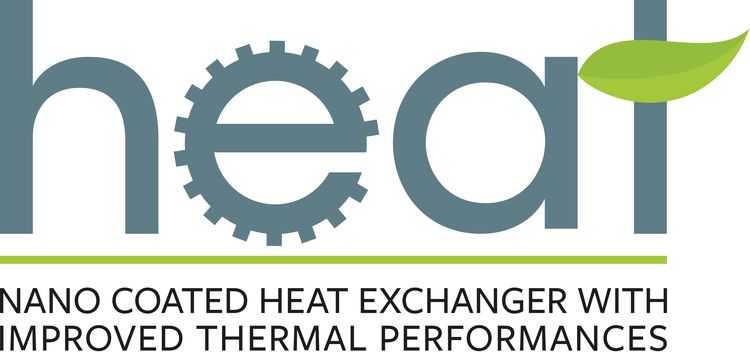This website uses cookies so that we can provide you with the best user experience possible. Cookie information is stored in your browser and performs functions such as recognising you when you return to our website and helping our team to understand which sections of the website you find most interesting and useful. More information in our Privacy Policy
HEAT
Nano Coated Heat Exchanger with Improved Thermal Performances
Principal Investigator: Mariarosa Raimondo
Involved personnel: Federico Veronesi, Giulio Boveri, Alessandro Corozzi, Guia Guarini
Administrative management & Financial reporting: Laura Mengozzi
Starting date: 06/23/2017
Duration: 24 months
Total funding: 575.875,00 €
Action: POR-FESR Emilia Romagna 2014-2020
Project Coordinator: Mariarosa Raimondo (CNR-ISTEC)
Consortium: CNR-IMAMOTER (Ferrara), Fondazione Democenter-SIPE (Modena)
Involved companies: FIRA S.p.A. (Sant’Agostino, FE), COMEX Europe S.r.l. (Correggio, RE)
Official website: http://www.heat-project.it/en/
HEAT project is aiming at the mechatronics and motor production system. Due to increasingly strict requests of international standards, earth-moving machines will have to be equipped with more evolved engines due to the smaller space inside the engine compartment. The use of more efficient, optimized heat exchangers will play a key role in the identification of eco-friendly solutions.
Optimization of heat exchanger performances is necessary to achieve smaller and lighter components, which are able to fulfill the requirements of engine designers.
The use of superhydrophobic/oleophobic coatings (i.e. water- and oil-repellent) able to increase heat exchange efficiency has been recently investigated in CHINA project (Customized Heat exchanger with Improved Nano-coated surface for earth- moving machines Applications) within the framework of Flagship Projects (FoF) funded by MIUR. The project led to the development of lab-scale proof of concept, but no application has been realized at the industrial scale as of today.
The objective of the project (technological priorities: Materials, coatings and surface treatments with high performances) is to:
- Deposit superhydrophobic/oleophobic coatings on the inner components of heat exchangers for earth-moving machines;
- Optimize the fluid dynamics of components that move (fans) and distribute (conveyors) the airflow;
- Verify performances in a complex environment.
The target is to validate the technology at the lab scale and to demonstrate it and test it at an industrial scale to increase the efficiency of heat exchangers to guarantee, at a given heat exchange rate, a relevant reduction in size.


